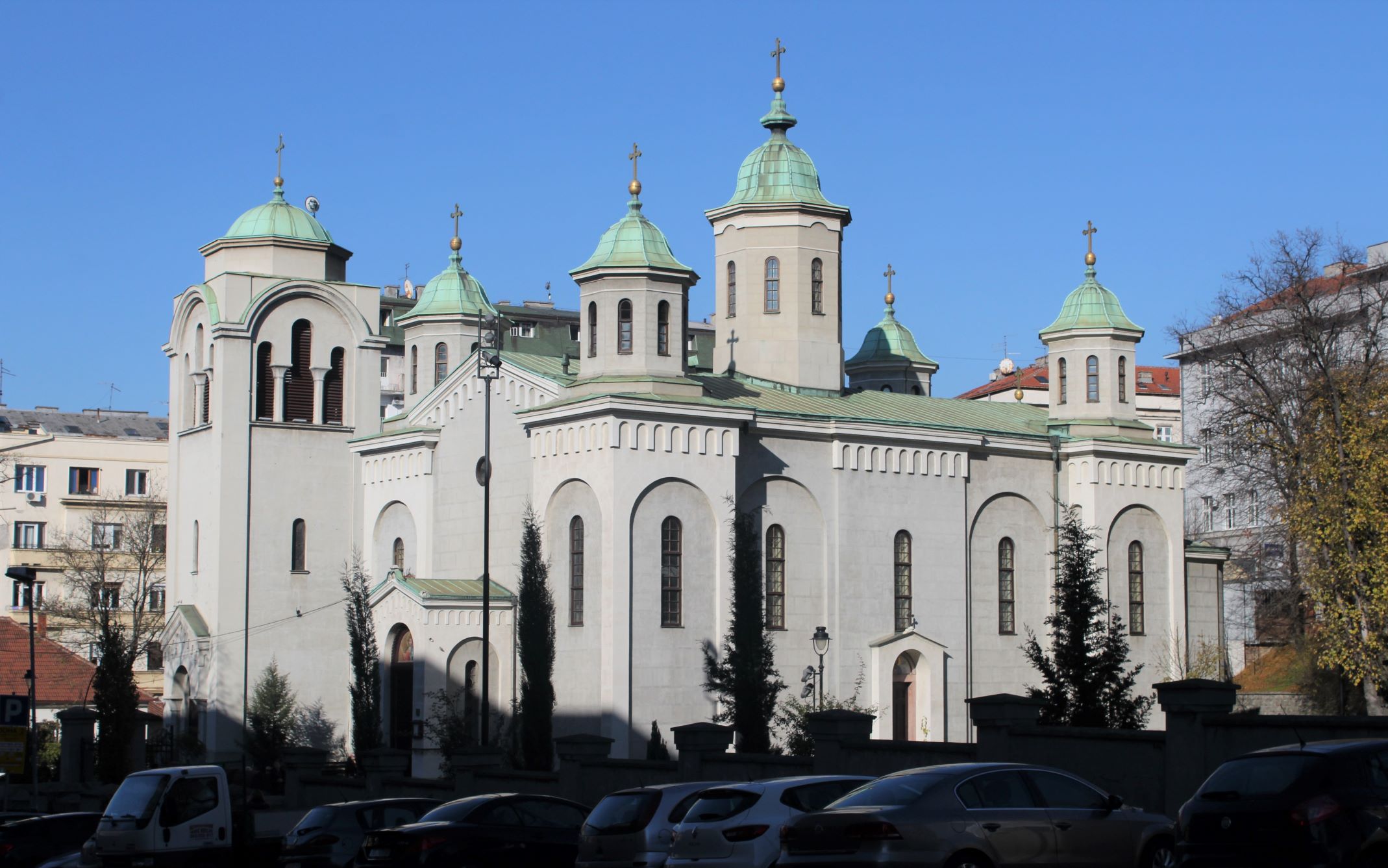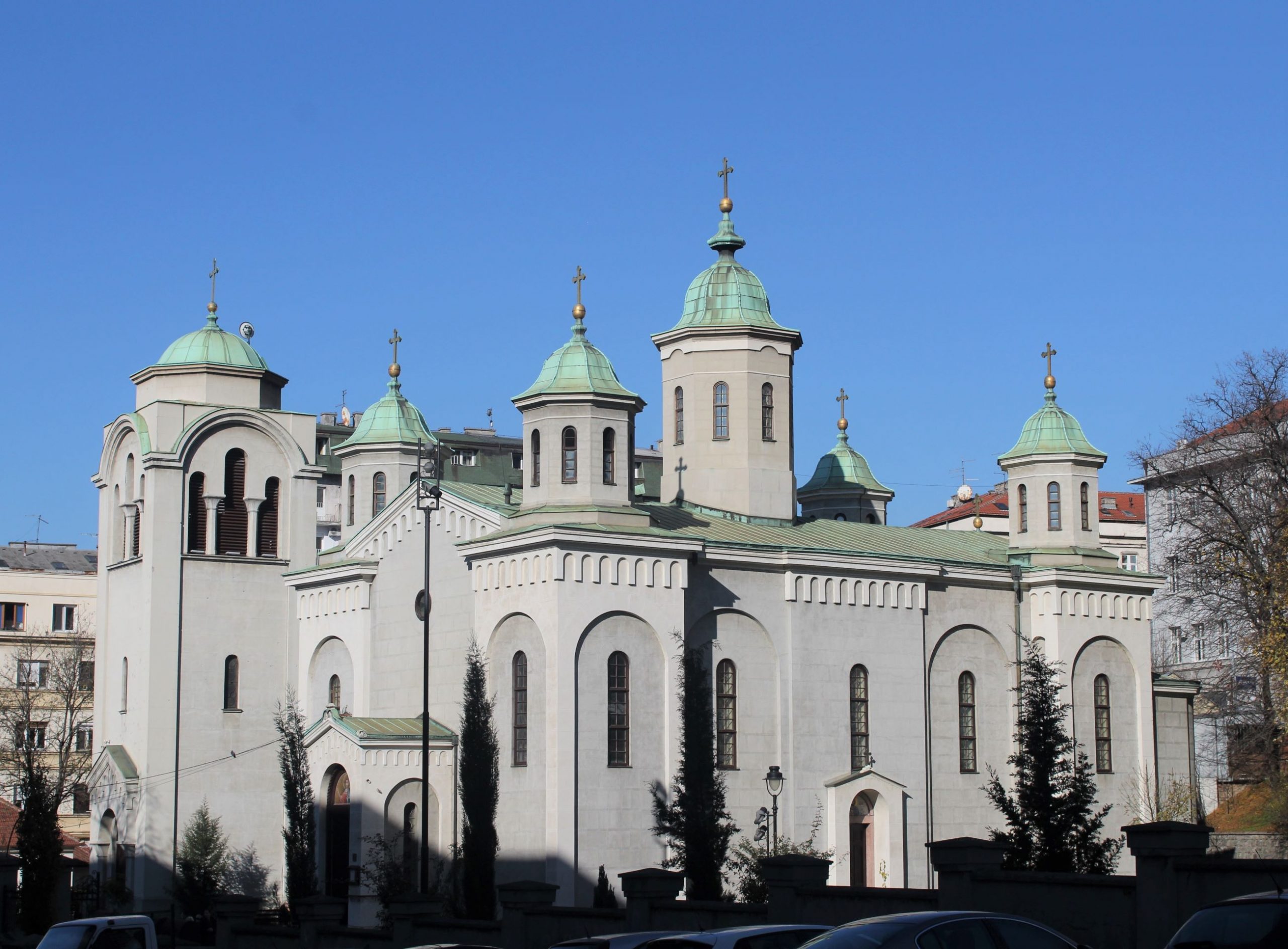WHERE IS IT?
Church of The Ascension is located at 19 Admiral Geprata Street, in the immediate vicinity of the preserved Hammam of Prince Miloš within the complex of the lost Residence of Prince Miloš.
THE HISTORY
The representative quarter of Belgrade, with important state institutions between today's streets Kneza Miloša, Nemanjina, Balkanska, and Admirala Geprata, originated back in the time of Prince Miloš in 1829 with the construction of the Prince's Palace in Savamala. The construction of the palace, along with accompanying auxiliary facilities such as a kitchen, servant's quarters, and a hammam, was completed, with many delays, at the end of 1837.
Nearby, important state institutions were also constructed, including the building of the Sovjet (government), military barracks, and the Ministry of Finance building.
The Ascension Church was built at the initiative of Metropolitan Mihailo and Prince Mihailo Obrenović, serving as a military church within the Great Barracks, whose remains are still located near the old General Staff building.


THE APPEARANCE
The Church of the Ascension was built in 1863 in the romanticism style, inspired by Serbian medieval churches of the Moravian style. It is a single-nave, five-domed church with a white-painted facade.
Inside the church, there is an iconostasis painted by the renowned Romanticism painter Steva Todorović. The wall paintings are the work of Russian painter Andrej Bicenko, known for his mural art in many churches across Serbia. Famous Serbian painter Uroš Predić supervised the repainting of the frescoes during the church's reconstruction in 1937. Another restoration of the frescoes took place in 1962 and was carried out by the academic painter Jaroslav Kratina.
The church's bell tower in the temple courtyard was constructed between the two World Wars. Among the bells is a small bell from the Cathedral Church, which, after the Ottoman ban on bell-ringing, first rang in celebration of independence in 1830.
In the churchyard, there is a memorial cross erected in honor of all Belgraders who perished in the April 6th bombing of Belgrade in 1941


Written by Ana Serafijanović
